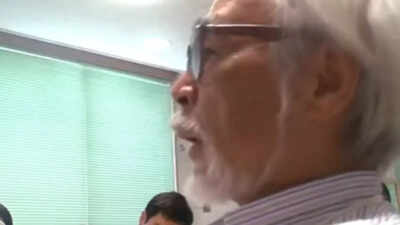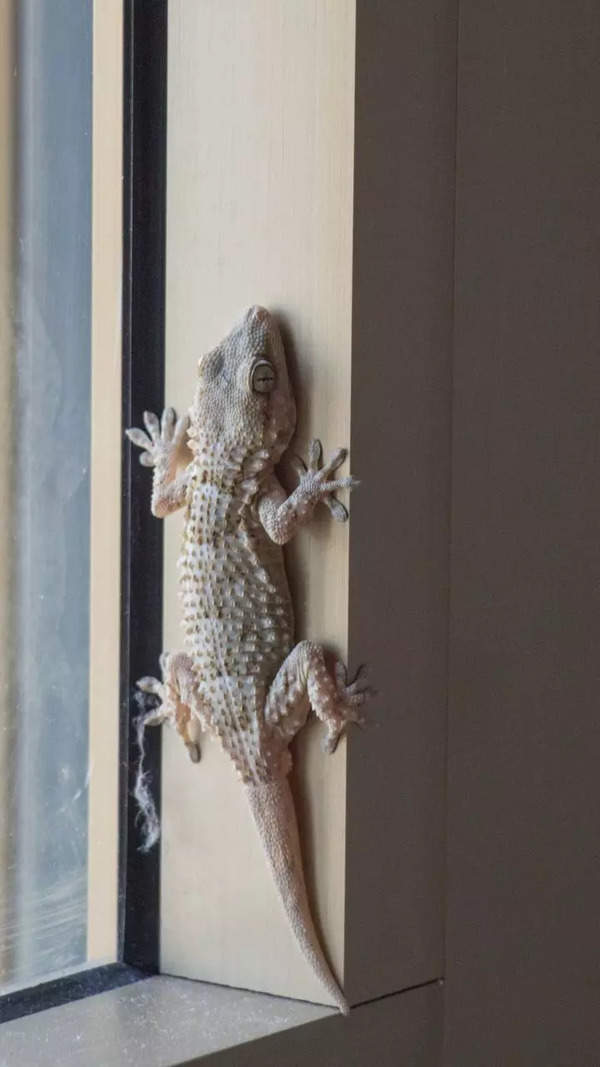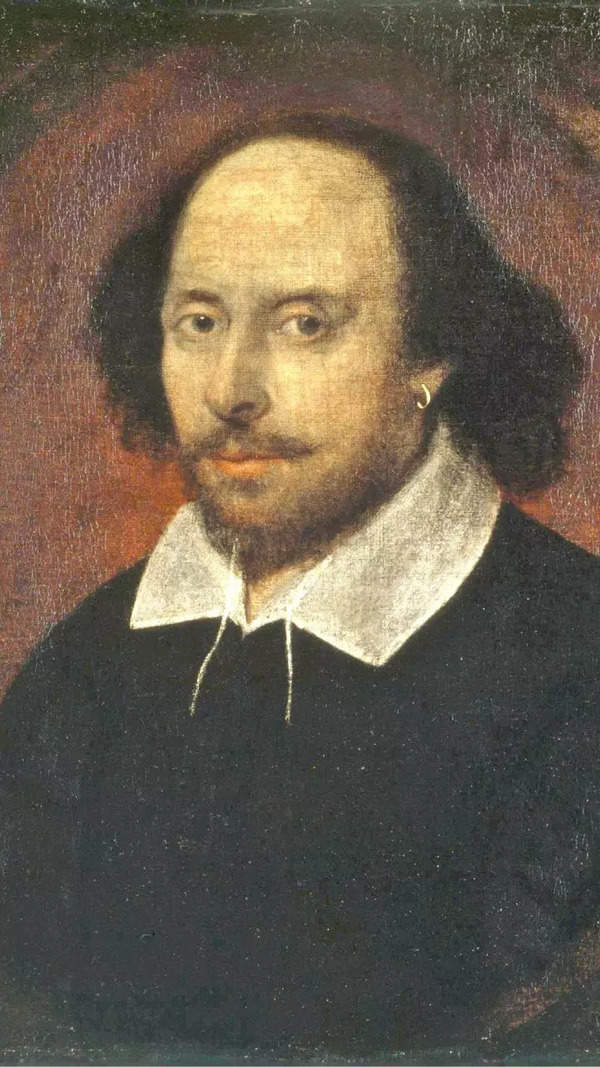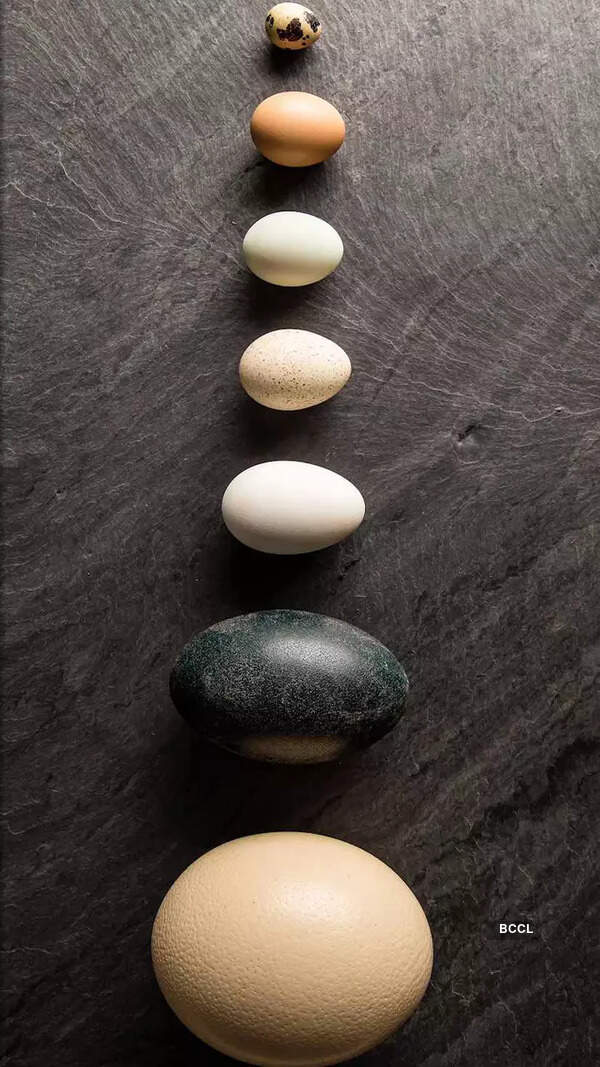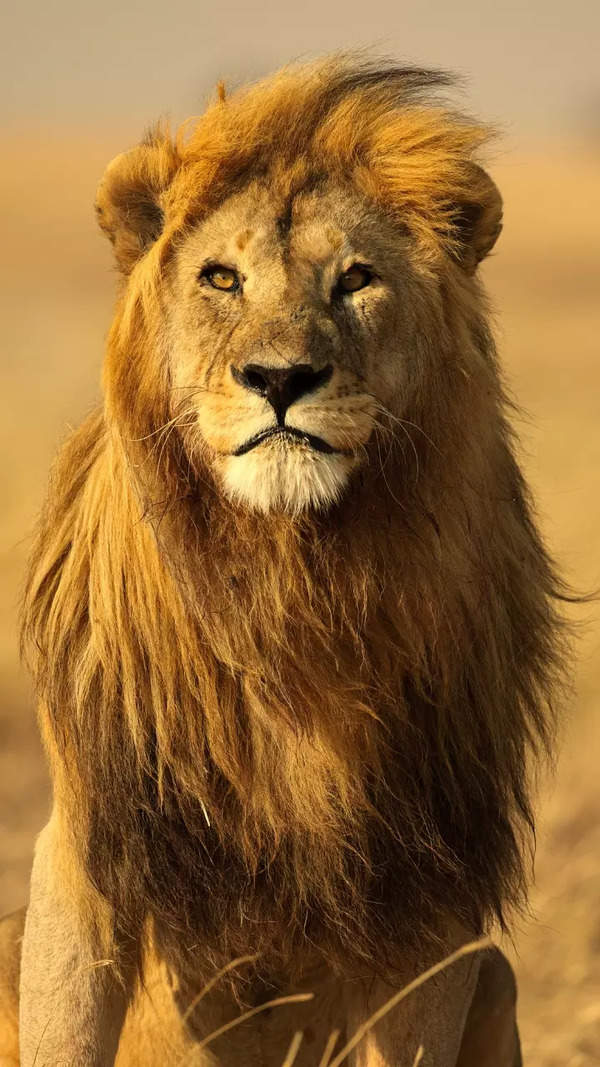Trending
"An insult to life itself": Hayao Miyazaki's critique of AI art goes viral as Ghibli-style trend sweeps the internet
Hayao Miyazaki expressed disgust after witnessing an AI-generated animation, criticizing it as an 'insult to life itself.' He believes that AI cannot replicate the genuine human experience and emotions essential for creating authentic art, fearing it leads to art devoid of soul and humanity. This reaction addresses broader concerns about AI's impact on creativity and artistic value.
"I strongly feel that this is an insult to life itself," said Studio Ghibli’s Hayao Miyazaki in a 2016 NHK documentary series by Kaku Arukawa. But what could have possibly provoked such an instinctive reaction from the legendary animator? What was so offensive that it led Miyazaki, a man who has spent his life crafting deeply human stories, to respond with outright disgust?
Turns out, the moment came when a group of designers and animators presented an AI-generated animation project to Miyazaki and Studio Ghibli producer Toshio Suzuki. The so-called "creation" was a grotesque, nightmarish entity—something that looked like it had crawled straight out of a horror film. The AI had animated the creature to drag itself along the floor in a disturbingly unnatural way.
"It looks like it’s dancing," the presenter explains, sounding desperate. "It’s moving by using its head. It doesn’t feel any pain and has no concept of protecting its head. It uses its head like a leg. This movement is so creepy and could be applied to a zombie video game. Artificial intelligence could present us grotesque movements that we humans can’t imagine."
Why the team thought this was the best example to show one of the greatest animators of all time is anyone’s guess, but Miyazaki’s reaction was swift and brutal. After taking a moment to gather his thoughts, he delivered one of the most scathing critiques of AI-generated art.
"Every morning, not in recent days, I see my friend who has a disability," Miyazaki said. "It’s so hard for him just to do a high five; his arm with stiff muscle can’t reach out to my hand. Now, thinking of him, I can’t watch this stuff and find it interesting. Whoever creates this stuff has no idea what pain is."
Silence filled the room. And then, just to drive the point home, Miyazaki added, "I am utterly disgusted. If you really want to make creepy stuff, you can go ahead and do it, but I would never wish to incorporate this technology into my work at all. I strongly feel that this is an insult to life itself."
The presenter, visibly uncomfortable, scrambled for a justification. "This is just our experiment. We don’t intend to do anything by showing it to the world," he insisted. When Suzuki pressed further, asking what the ultimate goal was, one of the team members replied, "We want to build a machine that can draw pictures like humans do."
But the so-called creation had barely managed to animate a human-like figure, and Miyazaki wasn’t buying it. He concluded the discussion with a chilling remark: "I feel like we are nearing the end of times. We humans are losing faith in ourselves." To some, Miyazaki’s reaction might seem like an exaggeration, but if we look closely, more than disgust for this new kind of art, there is a fear of losing the very thing that makes art what it is.
The AI invasion in art
But here’s the thing: art was never just about aesthetics.
Do you really think that it was ever about the perfect symmetry, precise brush strokes, color theory, or mathematically accurate composition? Art has always been about emotion—about feeling something when you look at a piece, knowing that behind it was a human, someone who captured a fleeting moment, an indescribable emotion, and turned it into something bigger than life itself.
The rise of AI-generated art dilutes that experience. It removes the human element—the imperfections, the struggles, the raw creativity that makes a piece alive.
While people argue that AI hasn’t yet reached the point or will ever reach that point, where it can create truly original work, its presence in the art world feels less like a breakthrough and more like a desperate attempt by artists to stay relevant in an industry that is increasingly dictated by algorithms.
Maybe it’s a sign, or maybe it is just a point of view of a traditionalist, refusing to move on with the ever-evolving time, but art needs solitude, away from the desperate need to fulfill the expectation of a world being run on numbers, conventions, and rules.
Some of the world’s most celebrated artists never saw success in their lifetimes. Van Gogh, for example, sold only a single painting while he was alive. His genius was only recognized long after his death. Today, his paintings are worth over $60 million. Could it be that great art and great artists only exist outside the constraints of trends, algorithms, and economics?
When confronted with the question of what the AI bot lacked when asked to create something in comparison to humans, its answer was quite straightforward. It said:
“Lived experience.”
It said that it could analyze patterns, mimic styles, and generate ideas with remarkable precision. Yet, it lacked the personal emotions, the memories, and the instinctive understanding that came from truly living through moments.
Humans infuse their creations with the weight of their pasts, the threads of their cultures, and the subtle sparks of intuition—things no algorithm could ever fully grasp. Further, it also admitted that due to its inability to create something original, it ‘adjusts’ to the style of the user to make the creation feel as real as possible.
Maybe AI-generated art isn’t a step forward at all, but rather a reflection of a world that has lost patience for real, human creation. Miyazaki’s words resonate for a reason. If we strip art of its humanity, of its ability to make us feel, then what’s left? Just a machine churning out soulless, algorithmic beauty—art without a soul, an insult to life itself.
Miyazaki's perspective highlights broader concerns about the impact of artificial intelligence on creativity and the intrinsic value of human artistry.
End of Article
FOLLOW US ON SOCIAL MEDIA
Visual Stories
Tired of too many ads?
